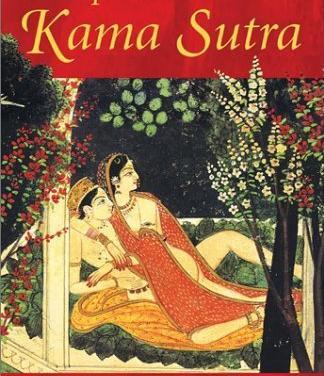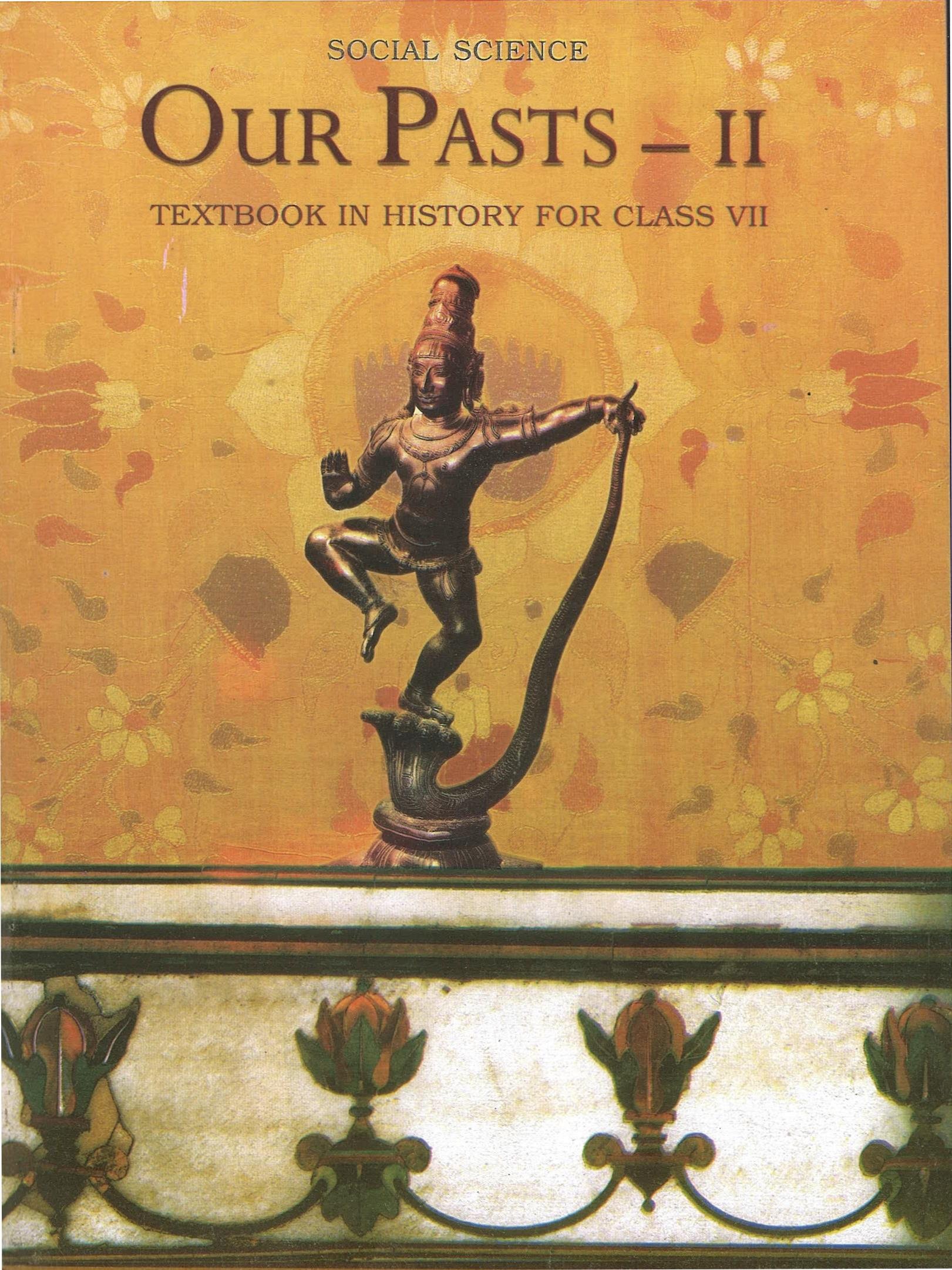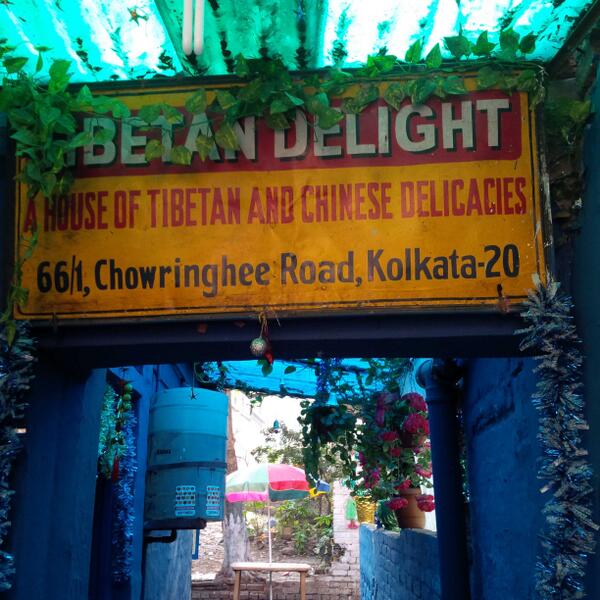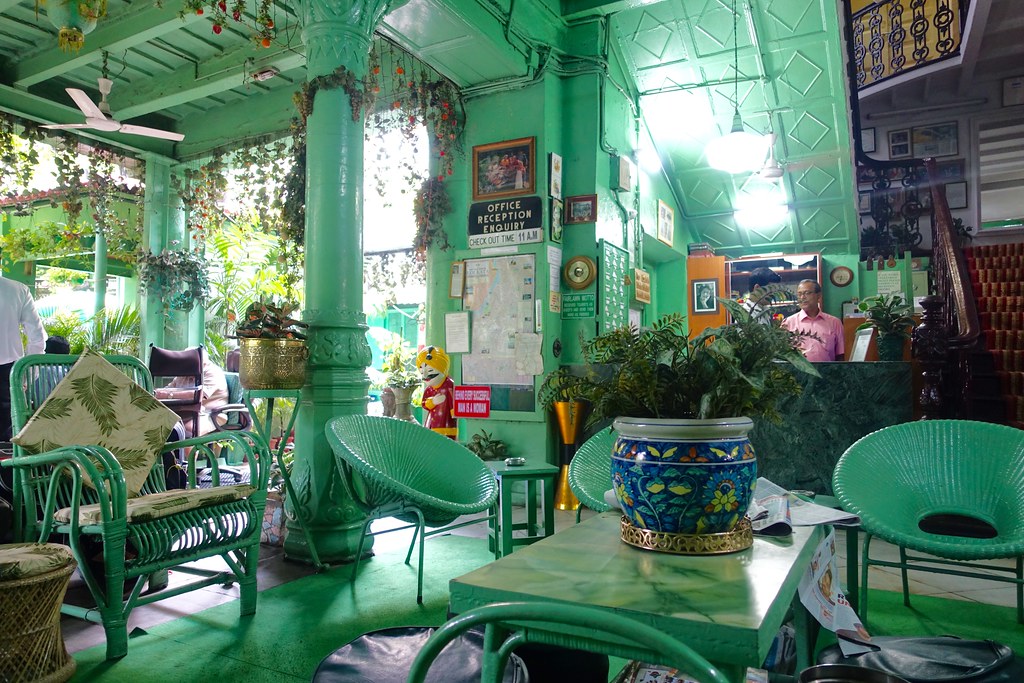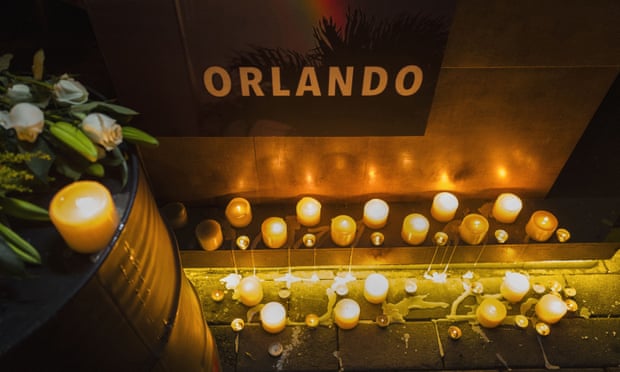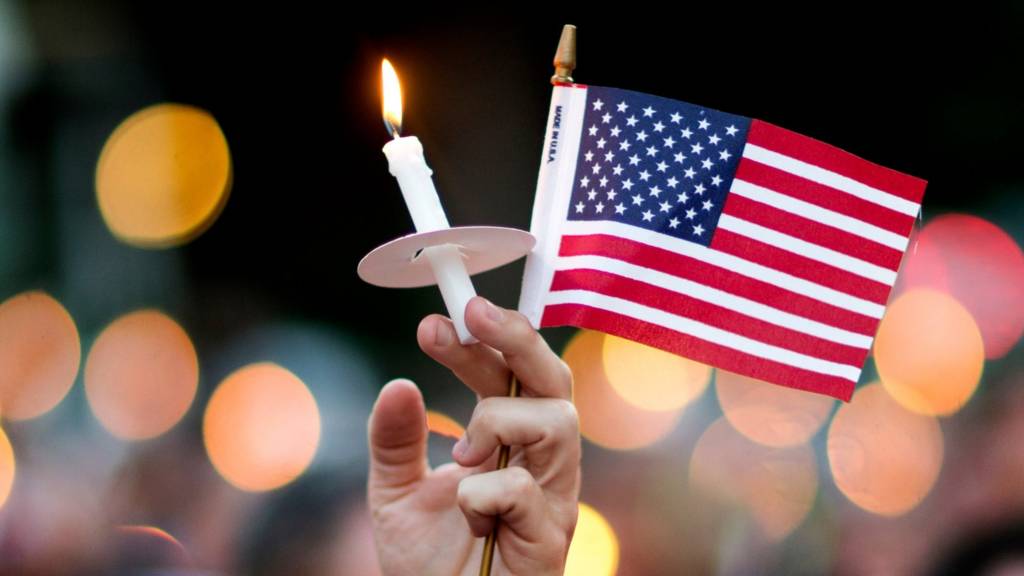"It was a land of seven kingdoms. Seven kingdoms, and seven thoroughly unpredictable kings."
Middluns, Murgon, Estill, Sunder, Monsea, Lienid and Nander; the seven Kingdoms.
An imaginative world with primitive lifestyle and Kings as supreme rulers reside in between the pages of this novel. We all love a place different yet similar to ours with the same yet entirely different faculties. Here, the adventure that the female lead traverses is a reminder of physical and mental fortitude.
'The Lady Killer'. 'The Royal Thug'. These were the whispered names that accompanied Katsa since her barely eight year old self killed a cousin from touching her. The Gracelings, identified by their two distinct eye colour from the others, have a gift or a curse in a particular activity. Graced as she is with killing, Katsa being the king's niece is forced to carry out her Uncle's whims of killing or maiming petty and foolish men who had dared to oppose him. The only rebellion that she raised against her Uncle is the Council, more like a Robin hood and his band of Merry men, whose main objective is to help those who face injustice from tyrannical and power hungry Kings. The first time she met Prince Po, she had no idea that her life is going to change dramatically. Po, with his silver and gold eyes, cheerful laughter and graced combat skills melted away the walls around her heart. Po and Katsa undertake a journey to reveal a dangerous truth about themselves and a powerful foe, with their strength and cunning, they must fight. Katsa is a growing and powerful character, she begins with baby steps to find herself and those around her. Po is the nice contrast to her in more ways than one. A charming and thoughtful companion with no issues in being defeated by a woman.
This novel by Kristin Cashore, in itself is simply written; the landscape, seasons and the food is so properly described that it leaves no question or confusion. The character of Bitterblue is admirable and I personally cannot wait to read her book which is, unfortunately, the third in the series, Graceling Realm followed by the second book, Fire. If you have read or are aware of something like Poison Study, Uprooted, Throne of Glass or even Vampire Academy then this is a book to try. I really like reading a good Fantasy novel once in a while. Besides the trend (I highly approve of this trend) of a strong female character, who needs no man's protection but accepts his company and just that, had risen and claimed the spot of the "damsel in distress" characters in many novels. So celebrate an independent woman in her decision to lead her life however she wants with a powerful Grace.
Read it. You won't regret.
Reviewed by :- Saisaa Ray.
Middluns, Murgon, Estill, Sunder, Monsea, Lienid and Nander; the seven Kingdoms.
An imaginative world with primitive lifestyle and Kings as supreme rulers reside in between the pages of this novel. We all love a place different yet similar to ours with the same yet entirely different faculties. Here, the adventure that the female lead traverses is a reminder of physical and mental fortitude.
'The Lady Killer'. 'The Royal Thug'. These were the whispered names that accompanied Katsa since her barely eight year old self killed a cousin from touching her. The Gracelings, identified by their two distinct eye colour from the others, have a gift or a curse in a particular activity. Graced as she is with killing, Katsa being the king's niece is forced to carry out her Uncle's whims of killing or maiming petty and foolish men who had dared to oppose him. The only rebellion that she raised against her Uncle is the Council, more like a Robin hood and his band of Merry men, whose main objective is to help those who face injustice from tyrannical and power hungry Kings. The first time she met Prince Po, she had no idea that her life is going to change dramatically. Po, with his silver and gold eyes, cheerful laughter and graced combat skills melted away the walls around her heart. Po and Katsa undertake a journey to reveal a dangerous truth about themselves and a powerful foe, with their strength and cunning, they must fight. Katsa is a growing and powerful character, she begins with baby steps to find herself and those around her. Po is the nice contrast to her in more ways than one. A charming and thoughtful companion with no issues in being defeated by a woman.
This novel by Kristin Cashore, in itself is simply written; the landscape, seasons and the food is so properly described that it leaves no question or confusion. The character of Bitterblue is admirable and I personally cannot wait to read her book which is, unfortunately, the third in the series, Graceling Realm followed by the second book, Fire. If you have read or are aware of something like Poison Study, Uprooted, Throne of Glass or even Vampire Academy then this is a book to try. I really like reading a good Fantasy novel once in a while. Besides the trend (I highly approve of this trend) of a strong female character, who needs no man's protection but accepts his company and just that, had risen and claimed the spot of the "damsel in distress" characters in many novels. So celebrate an independent woman in her decision to lead her life however she wants with a powerful Grace.
Read it. You won't regret.
Reviewed by :- Saisaa Ray.



